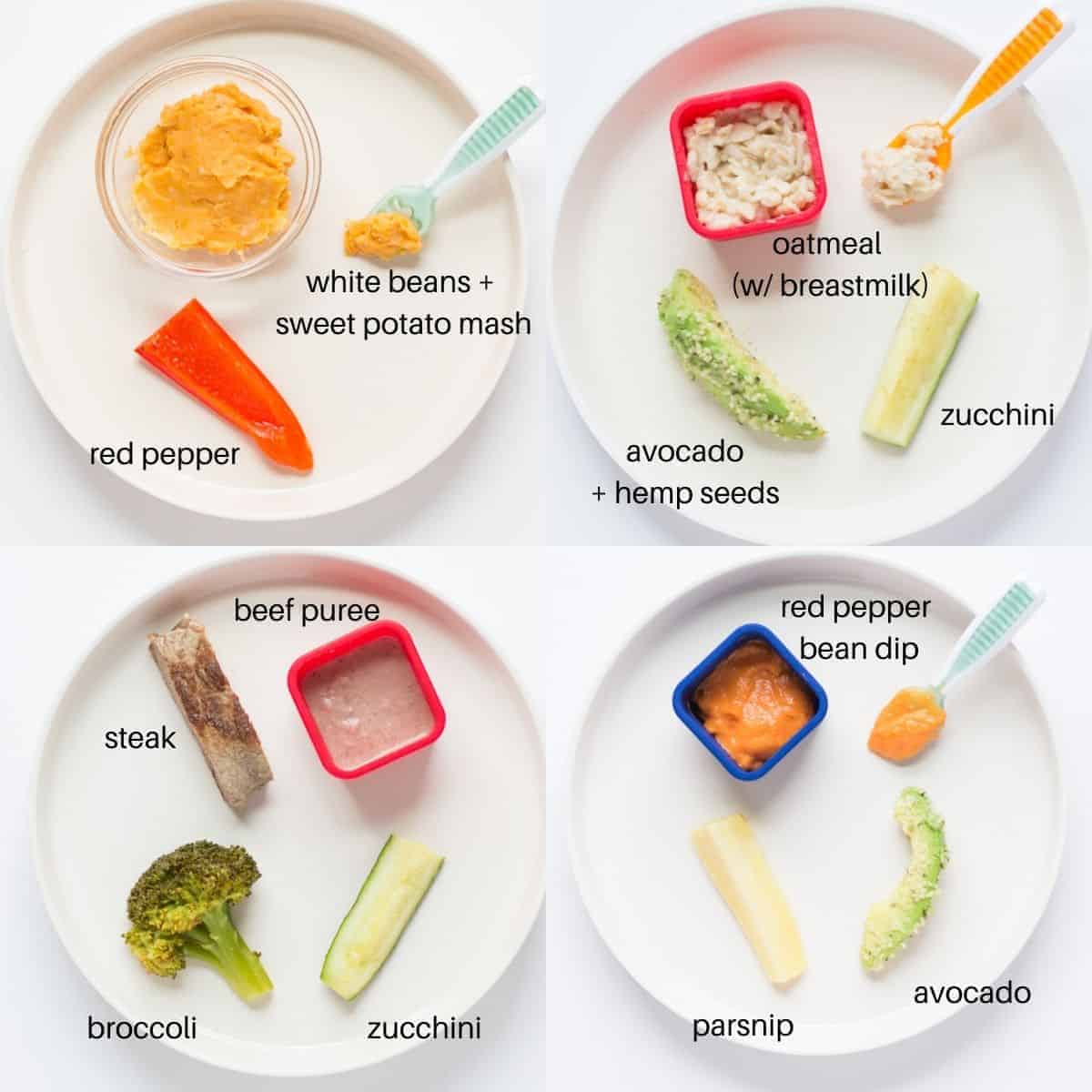
Baby-Led Weaning: Empowering Infants with Self-Feeding
Introduction
Baby-led weaning (BLW) is a feeding approach that empowers infants to self-feed solid foods from the onset of their weaning journey. Unlike traditional spoon-feeding methods, BLW allows babies to explore and experiment with different textures, flavors, and shapes of food at their own pace. This approach has gained significant popularity in recent years due to its numerous benefits for infants’ physical, cognitive, and emotional development.
Principles of Baby-Led Weaning
The core principles of BLW are:
- Infant-led: Babies are allowed to choose what, when, and how much they eat.
- Self-feeding: Infants use their hands to pick up and explore food, developing fine motor skills and hand-eye coordination.
- Whole, unprocessed foods: Babies are offered a variety of nutrient-rich, unprocessed foods in their natural form.
- No purees or spoon-feeding: BLW eliminates the use of purees and spoon-feeding, allowing babies to experience the full sensory experience of food.
Benefits of Baby-Led Weaning
BLW offers a multitude of benefits for infants, including:
- Improved motor skills: Self-feeding promotes the development of fine motor skills, hand-eye coordination, and oral motor skills.
- Enhanced cognitive development: Exploring different textures, flavors, and shapes stimulates cognitive development and problem-solving abilities.
- Reduced risk of obesity: BLW encourages infants to listen to their hunger cues and self-regulate their food intake, reducing the risk of overfeeding and obesity.
- Improved nutrient intake: Whole, unprocessed foods provide a wide range of nutrients essential for infant growth and development.
- Positive feeding relationship: BLW fosters a positive and enjoyable feeding experience, promoting a healthy relationship with food.
How to Start Baby-Led Weaning
Starting BLW typically involves the following steps:
- Wait for readiness: Most infants are ready for BLW around 6 months of age, when they can sit upright with support, have good head and neck control, and show an interest in food.
- Choose appropriate foods: Offer soft, easy-to-grip foods such as steamed vegetables, ripe fruits, and cooked pasta. Avoid foods that are hard, sticky, or pose a choking hazard.
- Create a safe environment: Ensure that the infant is seated securely in a high chair with a stable tray. Remove any potential choking hazards from the area.
- Supervise closely: Always supervise the infant during BLW sessions and be prepared to intervene if necessary.
Common Concerns and Challenges
While BLW offers numerous benefits, there are some common concerns and challenges that parents may encounter:
- Gagging and choking: Infants may gag or choke on food during BLW. It is important to remain calm and remove the food from the infant’s mouth if necessary.
- Mess: BLW can be messy, as infants may drop or throw food. Be prepared for cleanup and protect the surrounding area.
- Nutrient intake: Some parents worry that infants may not consume enough nutrients through BLW. However, studies have shown that BLW infants typically meet their nutritional needs.
- Iron deficiency: Infants who are exclusively breastfed or formula-fed may need iron supplementation during BLW. Consult with a healthcare professional for guidance.
Tips for Successful Baby-Led Weaning
To ensure a successful BLW experience, consider the following tips:
- Be patient: Infants learn to self-feed at their own pace. Avoid pressuring them or comparing them to others.
- Offer a variety of foods: Expose infants to a wide range of flavors, textures, and shapes to encourage exploration and nutrient intake.
- Avoid processed foods: Focus on offering whole, unprocessed foods to promote healthy eating habits.
- Create a positive atmosphere: Make mealtimes enjoyable and stress-free. Avoid distractions and allow infants to explore food without judgment.
- Seek support: Join support groups or consult with a healthcare professional if you have any concerns or need guidance.
Conclusion
Baby-led weaning is an empowering and beneficial approach to infant feeding. By allowing infants to self-feed, explore different foods, and develop their own eating habits, BLW promotes physical, cognitive, and emotional well-being. While there may be some challenges along the way, the long-term benefits of BLW make it a worthwhile choice for many families. By following the principles and tips outlined in this article, parents can create a positive and successful BLW experience for their infants.
